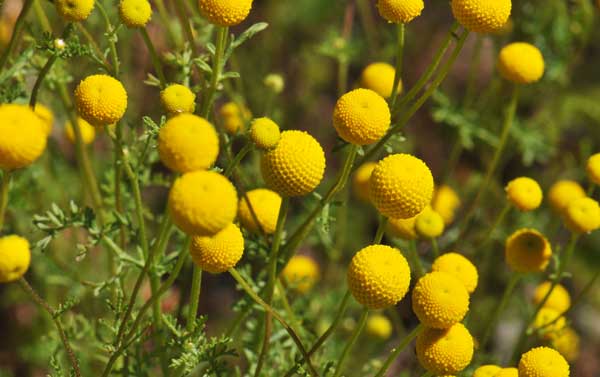Weeds Everywhere - Stinknet Weed invades Valley of the Sun
Posted by Andrew Greess on Dec 7, 2019
You may have seen this bright yellow weed in Phoenix and surrounding areas. Quality Equipment & Spray is getting numerous calls from customers in Arizona wanting to eliminate this pervasive weed.
The actual name is Globe Camomile. It is commonly called Stinknet because of a strong unpleasant odor.

This is a non-native, invasive species that is spreading rapidly through Phoenix and Arizona.
Stinknet or Globe Chamomile is an introduced species found in central Arizona and southeast California. It was brought to Phoenix as a cultured desert habitat specimen. It is a fast moving invasive in Arizona quickly moving through the greater Phoenix area. At this time it is not listed as an invasive or noxious weed by Arizona or the federal government.
Because it reproduces rapidly, if you see it, it is important to get it under control quickly.
Please visit Quality Equipment & Spray, 2016 W North Lane, Phoenix AZ 85021 for your weed control products.
For more information, call Ken at (602) 688-5203.
Specs:
Scientific Name:Oncosiphon piluliferum
Common Name: Globe Chamomile
Also called: Stinknet
Family:Asteraceae, Sunflower Family
Synonyms: (Cotula pilulifera, Matricaria globifera, Pentzia globifera)
Status: Introduced
Duration:Annual
Size: Up to 2 feet or more.
Growth Form: Forb/herb; multiple green stems, glandular, branching, bushy.
Leaves: Green; alternate, leafy, pinnatifid with linear lobes, 3 to 5 lobes, lower leaves longer, upper leaves bract-like.
Flower Color: Yellow or Gold; flower heads solitary or in small clusters; disk flowers only; leafless flowering stalks (inflorescence), fruit is an achene.
Flowering Season: March to June, dependent on rainfall.
Elevation: Sea Level to 2,000 feet.
Habitat Preferences: Lower desert areas in clay, sandy and gravelly soils and washes, often in disturbed areas.
Recorded Range: Central Arizona and moving to the north and south. In California in the Los Angeles area with confirmed records south of San Diego. This species was first recorded as an invasive in California.

